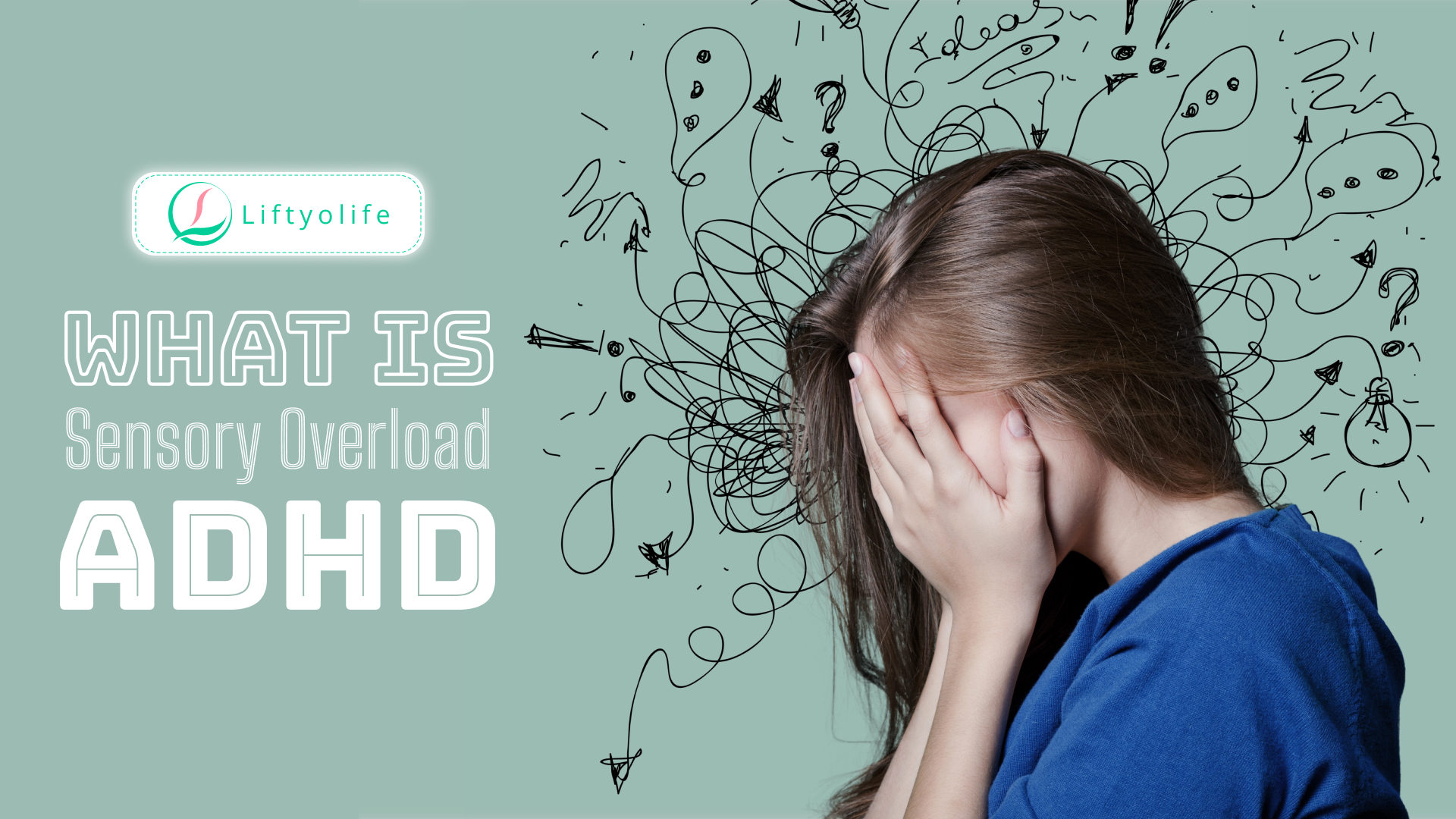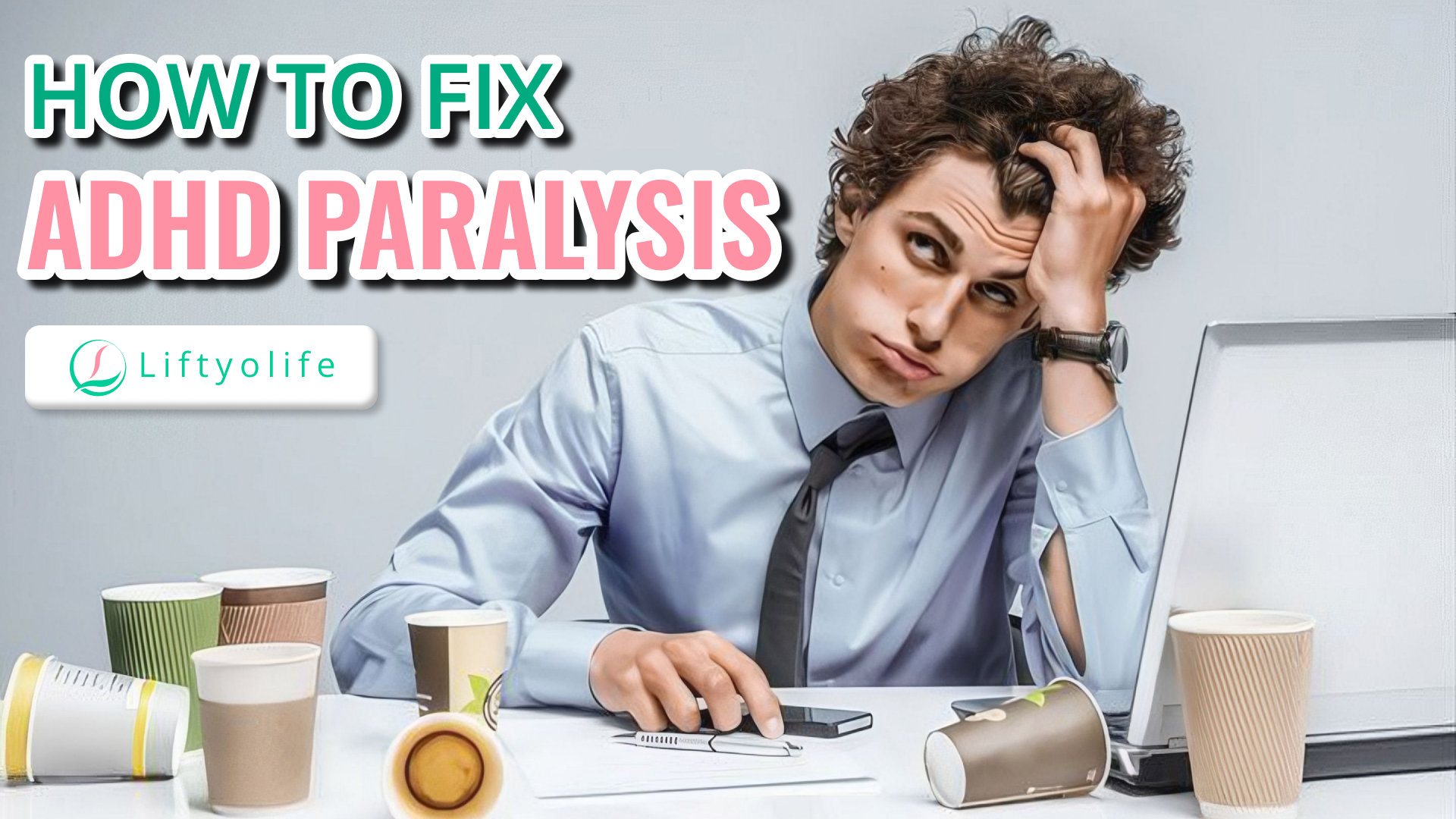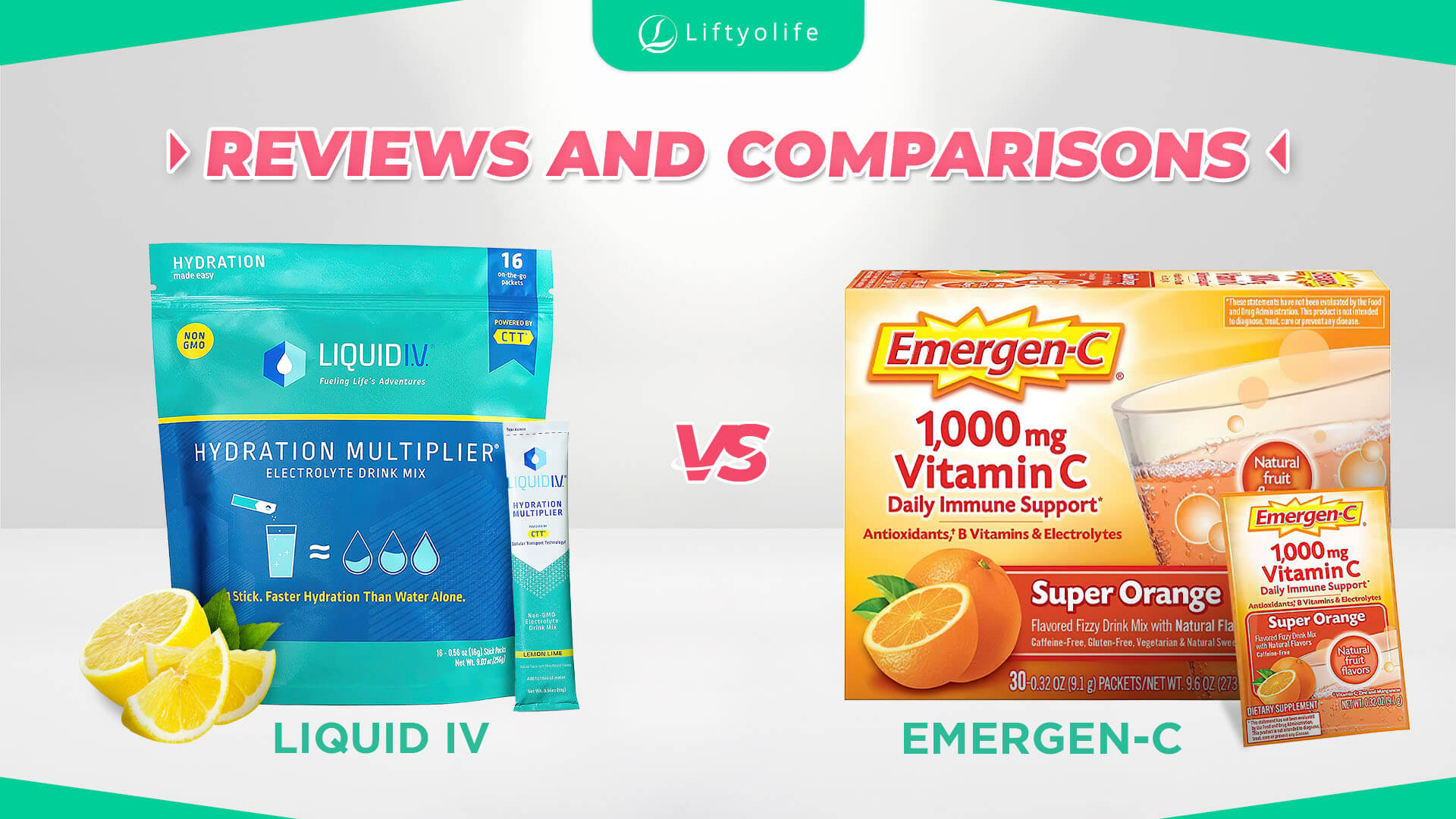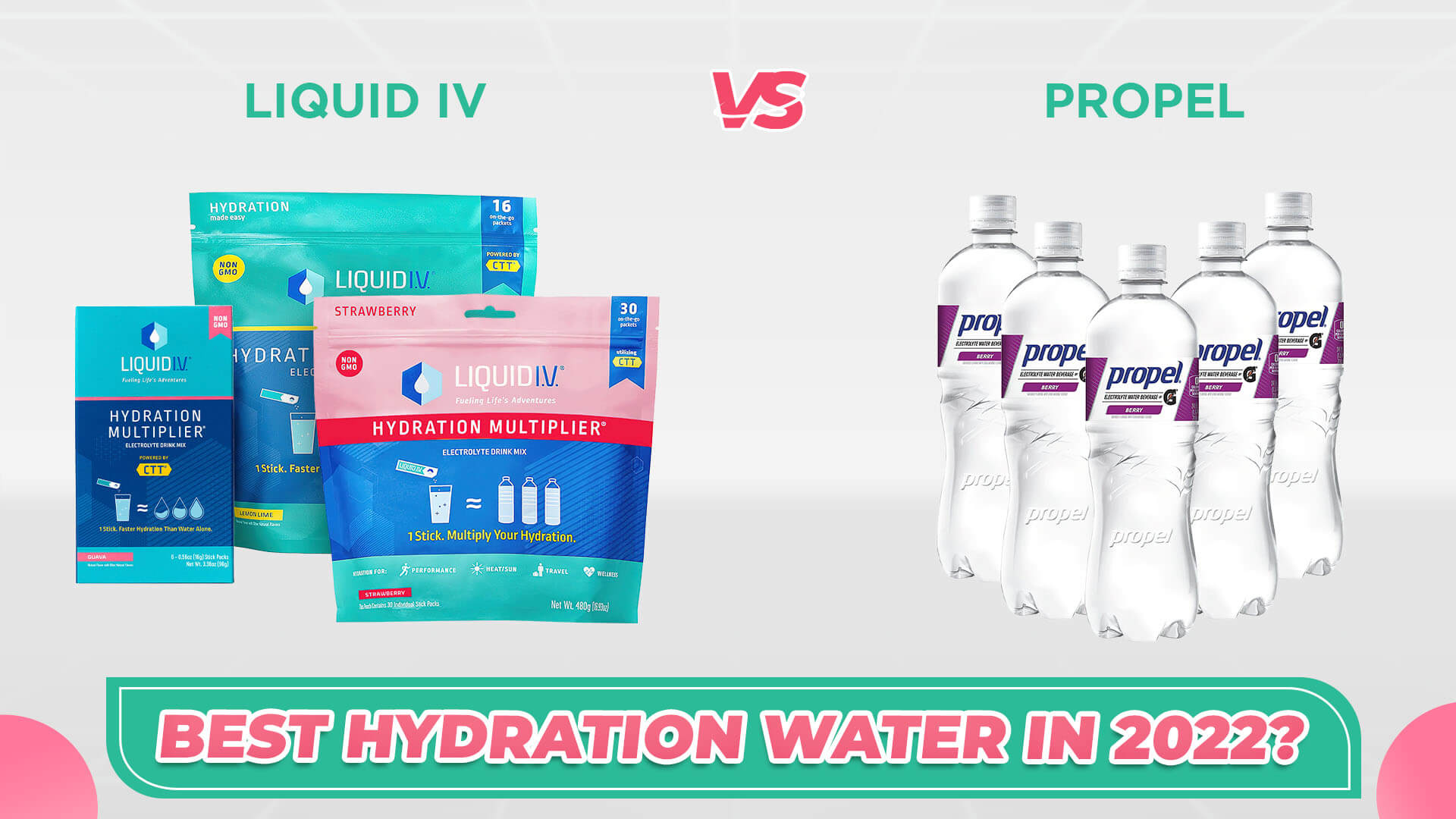ADHD Sensory Overload: Causes, Symptoms, Treatment

ADHD sensory overload is a childhood mental illness that requires paying more attention to your children regardless of time and place. Uncontrol is the most dangerous thing because it can cause your children to do anything and be overactive while unaware of what they are doing. If your child is suffering from this disease, don’t ignore the consequences; instead, let’s dive into the in-depth information and knowledge you need to know below. Liftyolife (liftyolife.com) will bring you authentic sources of medical information here; give your trust and keep reading now.
1. What is ADHD sensory overload?
ADHD sensory overload (attention deficit hyperactivity disorder) is a mental disease that occurs when something, usually an environmental factor, stimulates one or more of the five senses excessively. Different stimuli can vie for the brain’s attention, making it impossible to process the information it receives. In addition, when this happens, the person experiencing sensory overload may overreact by lashing out or underreact by shutting down. ADHD is one of the most common childhood neurodevelopmental disorders. It is typically diagnosed in childhood and can last into adulthood.

What is ADHD sensory overload?
Anyone can suffer from ADHD sensory overload, but it is most likely to affect people who have risk characteristics. Stefan Scheydt et al. had a study in 2017 named Sensory overload: A concept analysis posted on the International Journal of Mental Health Nursing shown the risks below:
- Attention deficit hyperactivity disorder (ADHD).
- Autism spectrum disorder (ASD).
- Post-traumatic stress disorder (PTSD).
- Sensory processing disorder (SPD).
- Anxiety.
- Other sensory processing disorders.
2. ADHD and sensory overload
According to the CDC, ADHD is a disease in which children with ADHD may have trouble paying attention to anything, controlling impulsive behaviors (may act without thinking about what the result will be), or be overly active. Moreover, the study of the American Psychiatric Association named Diagnostic and Statistical Manual of Mental Disorders DSM-IV-TR was like an additional point of that definition. ADHD is a severe mental disorder with an early onset and a persistent pattern of severely impaired attention and concentration, hyperactive and impulsive behavior, emotional instability, restlessness, and disorganized behavior.
Although not all people with ADHD suffer from sensory overload, the two conditions frequently co-occur. Common ADHD-related factors that may increase the likelihood of sensory overload include:
- Hyperactivity or hyper-concentration.
- Difficulty controlling one’s actions or emotions.
- Inability to focus or inattentiveness.
- Impulsiveness.
- A lack of awareness of one’s own surroundings.
- Excessive sensitivity to different stimuli or a lack of sensitivity to various stimuli.
Because sensory overload occurs when the brain is overwhelmed by sensory input, these factors frequently lead directly to sensory overload.
3. Causes of ADHD sensory overload
Because of the sensitivity of the response, anything that stimulates one or more senses may cause sensory overload, though triggers vary between individuals. Although research into ADHD and sensory overload are still ongoing, the following are some of the most common triggers:
- Tactile sensory: Tactile processing is more difficult in children with ADHD. Moreover, tactile defensiveness is caused by the central processing of somatosensory information, not a problem with tactile perception. Anxiety is linked to sensory over-responsivity in ADHD. For example, a touch that is too light, firm, or abrupt may cause sensory overload. The same is true for incidental physical contacts, such as a hug or a pat on the back.
- Auditory sensory: Many ADHD patients are hypersensitive to sounds or under-register sounds. “Frequently pleased by asking people to keep quiet” and “Very sensitive towards sounds which are unheard by others such as refrigerator humming, clocks ticking, or fans” are two typical examples of hypersensitivity to sounds. Furthermore, many sounds, such as multiple simultaneous conversations, loud music, fireworks, or grating noises, can serve as stimuli. Such sounds may cause a stress reaction in these people. Comorbidity of ODD (Oppositional Defiant Disorder) in children with ADHD, on the other hand, is a risk factor for auditory processing problems.
- Visual and olfactory:According to Ghanizadeh A study, stimulants can cause visual hypersensitivity or photophobia in ADHD children. Therefore, stimulants have an effect on the visual fields of children with ADHD. For example, harsh or flashing lights can be harmful to them.
- Texture: Certain food textures, as well as scratchy, rough, or constricting clothing, may overpower the sense of touch – even the sensation of water while swimming or showering may elicit a reaction in some people.
- Smell: Strong odors or smells can cause sensory overload. Scents that don’t bother most people can overpower those with a sensitive sense of smell. Artificial fragrances, perfumes, detergents, shampoo, and food are potential culprits.
- Taste: Some spices, robust flavors, or food temperatures can cause sensory overload.

Causes of ADHD sensory overload
4. Symptoms of ADHD sensory overload
Symptoms are the most straightforward way to identify someone afflicted with a disease. Pay closer attention to your children and loved ones if they exhibit one or more of the early symptoms of this deadly disease.
Deficient information processing and impaired perceptual capacity in ADHD patients are thought to result in sensory overload, which in turn may underlie ADHD symptoms (Holstein, 2013):
For example:
- The inability to regulate attention volitionally and to resist distraction.
- A failure to inhibit irrelevant sensory stimuli is consistent with the tendency of individuals suffering from ADHD to switch prematurely from relevant to irrelevant cognitive stimuli (15).
- The inability to filter out extraneous stimuli and to attend to salient features of the environment implicates a deficit in gating, which is characterized by a general reduction of the ability to gate intrusive sensory, motor, and/or cognitive information.
To illustrate those theories about the symptoms, according to the research of D Bijlenga et al., children with ADHD have more difficulty than adults regulating their emotional responses and processing sensory input. Among the most common symptoms of sensory overload are:
- Restlessness.
- Difficulty concentrating.
- Anxiety, extreme irritability.
- Anxiety attacks.
- Agitation.
- Sleeping difficulties.
- Avoidance of specific locations, such as the kitchen or bathroom.
In addition, Michael Cheng and Jennifer Boggett-Carsjens’ study on ADHD sensory overload also explains more about the symptoms of this disease. The sensory input that can be overwhelming differs from person to person. Here are some examples of sensory hypersensitivity that can result in sensory overload:
- Visual: A sense that the lights are too bright (mainly fluorescent lights), difficulty reading high contrast printing (black letters on bright white paper)
- Sound: Background noises easily distract or irritate, making own noises to drown out other sounds, covering ears to block out loud noises, difficulty concentrating in office/classroom
- Touch: Light touch, crowded places, clothing, tags, and hair brushing irritate her easily.
- Taste: Sensitivity to food textures or having your teeth brushed
- Smell: Perceiving smells that others do not, being easily distressed or nauseated by smells
- Vestibular: Easily becoming car sick, avoiding fast-moving activities like swinging or biking
Overstimulation and sensory overload can occur when a person with sensory sensitivities is exposed to one or more of these conditions and has no way to avoid or cope with them. The following are some common behaviors for an adult or child experiencing sensory overload:
- Tantrums or complete meltdowns.
- Rageful outbursts.
- Having difficulty concentrating.
- Difficulties in interpersonal relationships.
- Leaving or avoiding stressful situations.
5. Treatment of ADHD sensory overload

Treatment of ADHD sensory overload
Here are some typical strategies for dealing with sensory sensitivity and overload.
- Keeping track of and managing triggers: Keep a journal of how various sensory inputs affect you. If you try any interventions, such as wearing earplugs, keep track of whether or not they help you. Keeping track of your responses can assist your healthcare providers in making additional recommendations for you. You can also track whether your sensory reactions change over time by journaling.
- Sensory integration therapy / occupational therapy: Sensory integration therapy (SIT) is a type of therapy that is primarily used by occupational therapists who work with children. It teaches children to process and respond to sensory information in everyday situations. Most SIT activities appear to be games, but they are intended to introduce various types of sensory input. The therapist keeps track of the outcomes of the activities so that the treatment plan can be adjusted as needed. SIT has influenced children’s stress levels, ability to adapt to sensations, concentration, and social interactions positively.
- Sensory diet: While a sensory diet can be related to food, this is not the case. It is a planned and scheduled activity program tailored to your specific sensory requirements. This enables you to learn and practice skills for modulating your sensory sensitivity to avoid sensory overload. Currently, it is still a common intervention for people with sensory issues.
6. Prevention of ADHD sensory overload
Prevention is always more important than treatment because it can protect you from painful symptoms, dangerous complications and save treatment costs. ADHD sensory overload can become more manageable with time, age, and practice. Some strategies for reducing the impact of sensory overload include:
- Coping strategies
- Prescription medications
- Techniques for self-care
- Resources for mental health
- Identifying and removing triggers
ADHD sensory overload may be avoidable with a consistent routine, the right treatments, and a proactive approach. It may even be avoidable in some cases.
ADHD sensory overload occurs when your brain cannot control the flow of sensory information. If you become easily overwhelmed by sights, sounds, or other activities around you that no one else seems to notice, you may be suffering from ADHD sensory overload. This can happen to anyone, but it is far more common in people who have certain medical conditions. Don’t ignore the above-mentioned symptoms; Liftyolife (liftyolife.com) will be a great help in bridging the knowledge gap about that disease.







